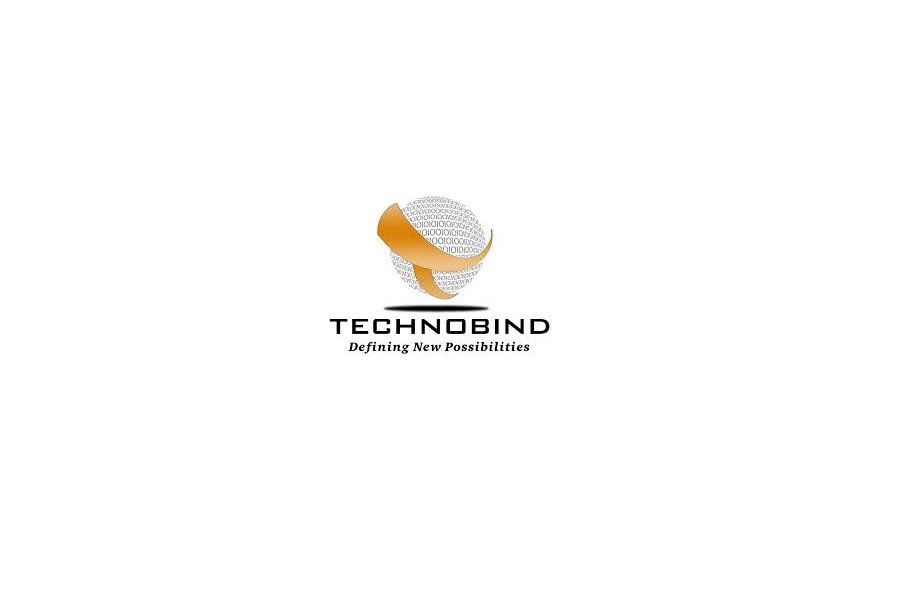Gartner, a global research and advisory firm, coined the term “SASE” in 2019. It was introduced by Gartner researchers Neil MacDonald and Joe Skorupa. SASE is a cloud-based IT model that combines networking and security services. It combines network security functions (such as SWG, CASB, FWaaS and ZTNA), with WAN capabilities (i.e., SDWAN) to support the dynamic secure access needs of organizations. It provides an approach to securing the WAN in a cloud-native way, replacing the need to run security at the old centralized data center.
In constructing modern, digital enterprises, it is forecasted that 40% of the companies will be implementing explicit strategies to adopt SASE by 2024 as the businesses and organizations are facing economic and operational uncertainty across every industry and sector. Now more than ever is the time to understand compliance, adjust expectations, renew focus and reposition in the wake of the next normal. In this alarming situation, it is high time for organizations to navigate to a new normal so as to counter and address the challenges and thrive their enterprises with new perspectives. The COVID – 19 Pandemic has made the technology industry different. In times like the current pandemic, these solutions are acting as a savvier in terms of continuity of businesses. The technology industry has always weathered crises and found novel ways to emerge stronger each time. In fact, tech companies have led the way on a variety of strategies that other industries are now using to cope with this crisis.
SASE offers several benefits compared to a traditional, data center-based network security model. It offers numerous potential benefits to organizations such as Reduced complexity and increased savings, Improved security, simplified policy management, Identity-based network access, and it also benefits from low latency and better bandwidth. SASE is more than a single technology; it is an entire package of technologies that embeds security into the global fabric of the network so it is always available no matter where the user is, where the application or resource being accessed. It is composed of five main technologies: SD-WAN, firewall as a service (FWaaS), cloud access security broker (CASB), secure web gateway, and zero-trust network access.
- SD-WAN: SASE relies on SD-WAN to deliver network functionality that reaches users and applications at the edge.
- FWaaS: SASE uses FWaaS to put the traditional firewall in the cloud. It scales elastically to the needs of the enterprise, meaning security policies can be enforced across the entire network, wherever employees are working from.
- Cloud Access Security Broker (CASB): A CASB offers products and services to address security deficits in an organization’s use of cloud services. delivers five critical security capabilities such as cloud application discovery, data security, adaptive access control, malware detection and user and entity behaviour Analytics (UEBA) which offers policy enforcement based on unusual behavioural patterns of traffic to/from cloud services.
- Zero-trust Network Access: ZTNA’s primary function within a SASE solution is to authenticate users to applications. They utilize dynamic verification capabilities to let users access, upload or download sensitive company data.
- A Secure Web Gateway (SWG): SASE utilizes SWG to protect a web-surfing user device from being infected by unwanted software or malware and by enforcing corporate and regulatory policy compliance.
SASE represents a major paradigm shift and offers a lot of promise and a new way of doing networking and security for the modern enterprise. Five practical steps that enterprise companies can take to get started with SASE are:
- Secure your remote workforce
- Place branch offices behind a cloud perimeter
- Move DDoS protection to the edge
- Migrate applications to the cloud
- Replace on premise security appliances with unified, cloud-native policy enforcement
The meeting of digital transformation and growing complexity has rendered many older approaches to digital safety moot. Gartner believes that SASE is the future enterprise secure networking model. Undoubtedly SASE will be a major disruption to network and network security architecture. As part of an overall digital business transformation, organizations will look to SASE but a true SASE adoption requires more than bundling existing single-point solutions — it demands a complete reconsideration of enterprise network infrastructure.


